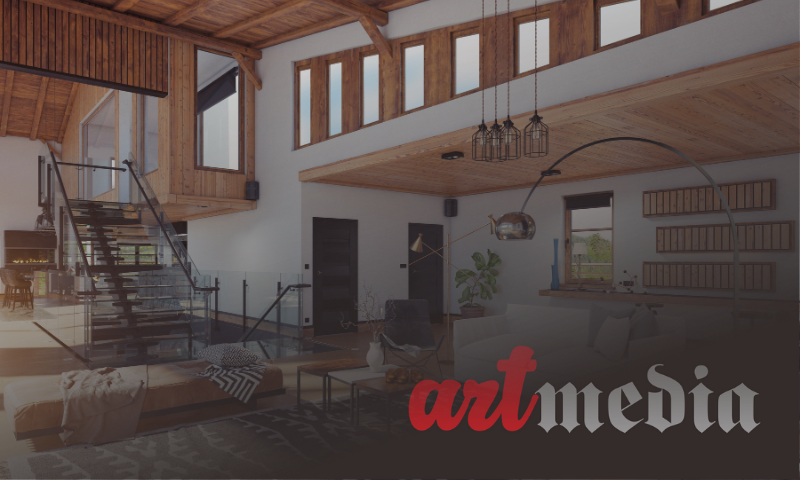
The fusion of traditional and modern elements in interior design has become a captivating trend, offering a unique blend of heritage and contemporary aesthetics. This dynamic approach allows for the creation of spaces that not only look visually striking but also carry a deep sense of meaning and connection.
Understanding the Essence of Traditional and Modern Design
In the world of interior design, traditional and modern styles represent two distinct yet equally compelling approaches. Traditional design draws on cultural heritage and historical influences, featuring classic architectural elements, ornate detailing, and rich, earthy color palettes. It embraces craftsmanship and time-honored techniques, exuding a sense of warmth and familiarity.
In contrast, modern design is characterized by clean lines, minimalistic forms, and a focus on functionality. It emphasizes sleek, uncluttered spaces and incorporates new materials and technologies, prioritizing simplicity and efficiency. This style exudes a sense of contemporary sophistication and innovation.
Achieving Balance and Harmony
Successfully blending traditional and modern elements in interior design requires a careful balance of various aspects. One crucial aspect is the color scheme. Combining a neutral modern palette with accents of traditional, rich hues creates a balanced and visually engaging environment. This combination allows for a seamless transition from one style to the other, ensuring that each element complements rather than competes with the other.
Additionally, integrating traditional materials like wood, stone, and natural fibers with modern materials such as glass, steel, and concrete achieves a harmonious juxtaposition. This fusion of textures and materials adds depth and visual interest to the space, creating a multi-layered sensory experience. Architectural elements play a crucial role as well. Incorporating traditional features like arches, moldings, or exposed beams alongside contemporary structures maintains a seamless blend of styles, creating a cohesive and visually appealing design.
Furniture and Furnishings
The furniture and furnishings selected for a space play a pivotal role in achieving the desired balance between tradition and modernity. Mixing styles is a key strategy in this regard. Pairing contemporary furniture with traditional pieces creates an eclectic, curated look that celebrates the best of both worlds. This approach allows for a diverse range of shapes, forms, and materials to coexist harmoniously. Moreover, customization and restoration can be employed to great effect.
Restoring antique or heirloom pieces and integrating them into a modern setting adds character and a sense of history to the space. These pieces not only serve as functional elements but also become focal points that tell a story and contribute to the overall aesthetic of the space.
Textures, Patterns, and Textiles
Layering textures and incorporating patterns are essential techniques for infusing depth and character into a space that combines traditional and modern elements. Contrasting smooth, modern surfaces with textured fabrics, rugs, or wallpapers evokes a sense of depth and warmth. This juxtaposition of tactile experiences creates a sensory-rich environment that invites exploration and engagement.
Additionally, introducing traditional patterns like paisley, damask, or ikat through upholstery, drapery, or accent pieces adds an extra layer of visual interest. These patterns serve as a bridge between the two styles, tying them together in a cohesive and visually pleasing manner.
Lighting and Accessories
Lighting serves as a powerful tool in interior design, and it plays a crucial role in spaces that blend traditional and modern elements. Modern lighting fixtures can be used strategically to complement the traditional elements and create a captivating interplay of old and new. These fixtures serve as functional elements while also making a statement in terms of design. Additionally, accessories provide an opportunity to infuse personal style and heritage into the space.
Displaying culturally significant artifacts, art, or crafts provides a personal touch and a sense of heritage within a modern setting. These accessories serve as conversation starters, adding depth and character to the space.
Personalization and Storytelling
Ultimately, the most compelling interiors are those that tell a story and evoke a sense of connection. Curated collections of items from different eras or cultures can provide a narrative to the space, inviting conversation and intrigue. These collections serve as a reflection of the homeowner’s interests, experiences, and passions, infusing the space with a unique personality. Family heirlooms also play a significant role in this narrative.
Incorporating cherished family heirlooms connects the past with the present, infusing the space with personal history and sentiment. These pieces serve as a reminder of heritage and create a sense of continuity and belonging within the home.
Conclusion
The integration of traditional and modern elements in home interiors is a dynamic and creative process that yields spaces of exceptional depth and character. By harmonizing contrasting styles, materials, and aesthetics, designers and homeowners alike can create environments that are both visually captivating and emotionally resonant. This fusion of the old and the new transcends mere design, weaving a narrative of heritage, innovation, and personal expression within the walls of our homes.
It invites inhabitants and visitors alike to embark on a journey of discovery, where each element tells a story and contributes to the overall tapestry of the space. In embracing the duality of tradition and modernity, we create interiors that not only reflect our individuality but also celebrate the richness of our shared human experience.
 Apptech Channel trading 'll be easier
Apptech Channel trading 'll be easier
